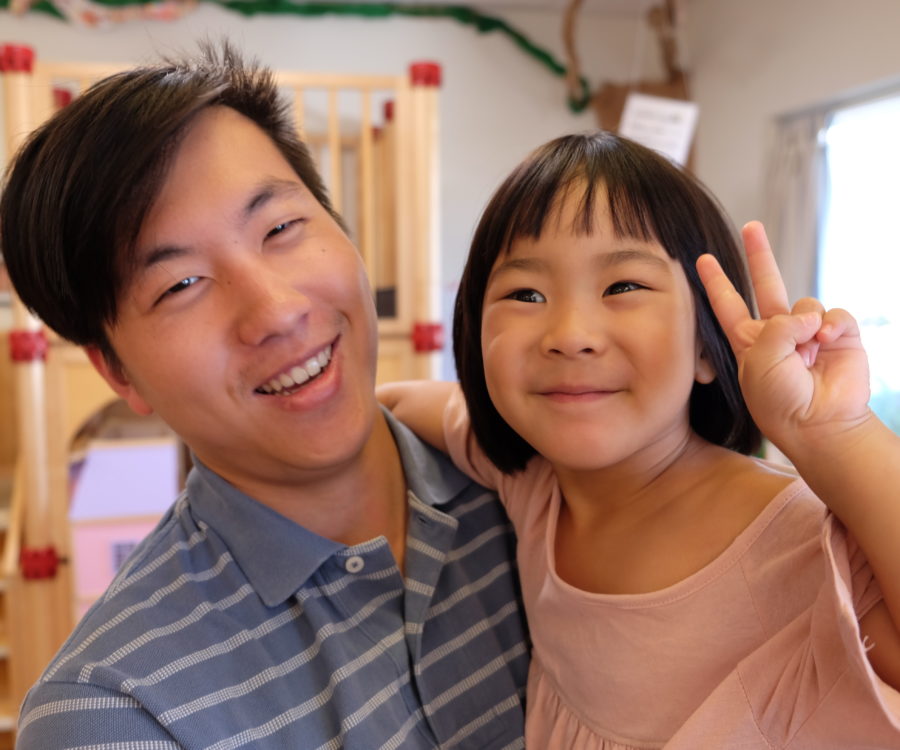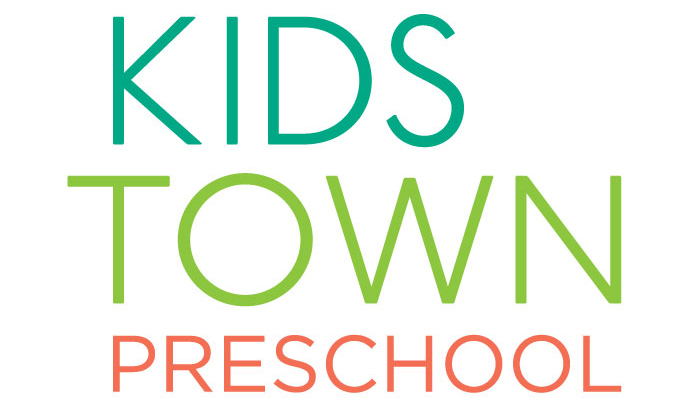Our Curriculum

education that promotes school readiness.

We have three preschool classrooms (Maple, Aspen and Willow) of 24 children each. Each classroom has a Head Teacher, a Teacher and an Assistant Teacher. Our classrooms are mixed aged, with children age 2.5 to 5. When assigning new children to the classrooms, Family Advocates try to maintain a balance in the classrooms of age, gender and cultural diversity.
All classrooms and the yard are open to children during most of the day. Children are allowed to move freely in the classroom and take advantage of the various activities and environments that teachers are supervising. The students return to their homerooms during small-group, large-group, nap- and lunch time, when they can work more closely with their teachers and develop friendships with their peers. This structured time is important because it brings the same groups of children and teachers together to form bonds through routines, conversations and stories.
English is the language primarily used in the classroom. Most of our children come from non-English speaking families, and our Spanish- and Korean-speaking bilingual teachers support the speaking of native languages in the classroom. We feel that, in an increasingly global society, it is important for children to maintain ties to their native cultures as well as adapt to American customs.
Our multi-age groups allow for scaffolded learning, in which younger children learn by imitating or following older children. The interactions between peers differ from those between an adult and child. Peer interaction can accelerate learning in ways that adult-child interaction cannot. In turn, the older child learns to be more patient and helpful toward their younger friends, developing leadership and mentoring skills.
Our program emphasizes children’s social and emotional development. A child who cannot get along with others, who feels isolated, cannot effectively learn. Our staff teaches children positive ways to resolve conflicts, with techniques of negotiation, compromise and dialoguing. Teachers help children find the words and strategies to fight their own battles, so that the children become socially confident. Children are not forced to share, but are encouraged to. Teachers try to ensure that there are multiple versions of toys to avoid unnecessary conflicts. Teachers also offer alternative choices, and use timers and sign-up sheets for popular toys and activities. It’s all about understanding how to control the environment, not the children.
Our philosophy on teaching reading and writing is that children learn best when it is meaningful and important to them. Names are printed next to photos, and children are encouraged to write their names while signing up for various activities, such as ringing the clean-up bell or setting up the lunch tables. Children are motivated to write their names not because the teachers tell them to, but because they see the value in the printed word. Books and story tapes are available all day. Reading and writing are also incorporated into everyday activities at school. For example, teachers use recipes while leading cooking projects, and write out charts while facilitating science experiments. A child opening an ice cream stand may decide to make signs for the stand. Another child may want to learn how to write a friend’s name so that he can make him a card. There are reading and writing opportunities every day and everywhere, and it is our job to help children explore them.

